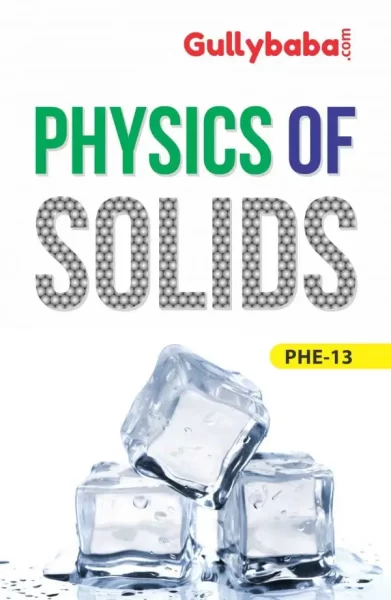-
Sale!
PHE-13
Physics of Solids
Original price was: ₹200.00.₹100.00Current price is: ₹100.00.Bought by : 2506 StudentsIn Stock Only 0 left ! -
Sale!
PHE-07 + PHE-09 + PHE-10 + PHE-13
IGNOU B.Sc. Physics Combo
Bought by : 2029 StudentsIn Stock Only 0 left ! -
Sale!
PHE-13
Physics of Solids
Bought by : 3943 StudentsIn Stock Only 0 left !






